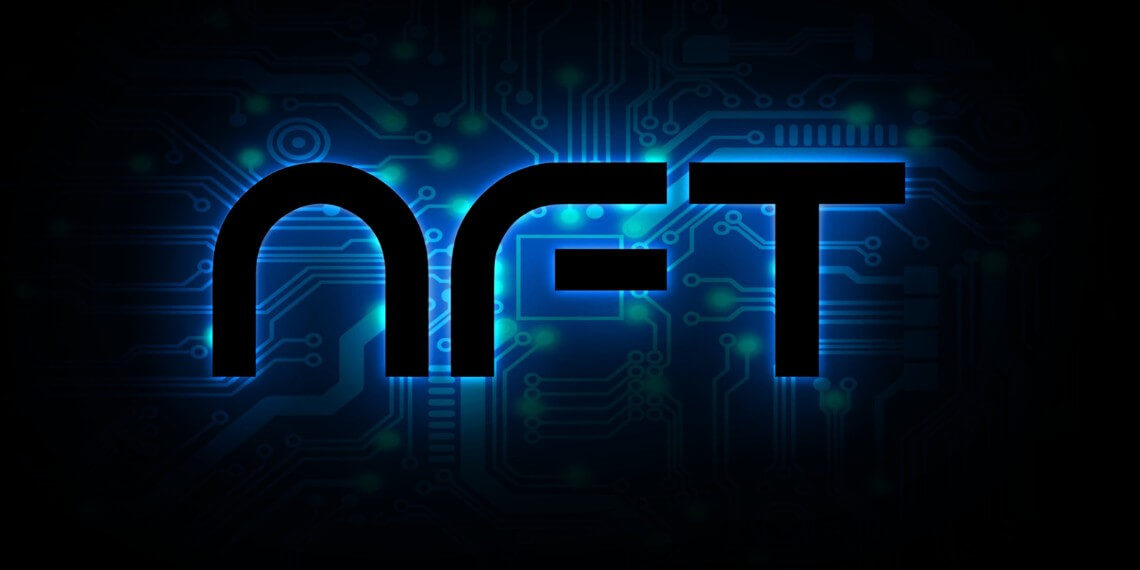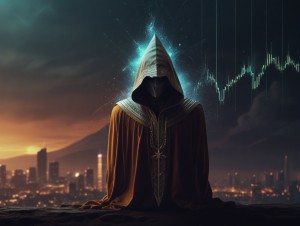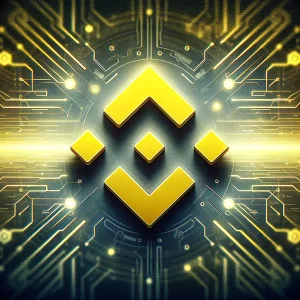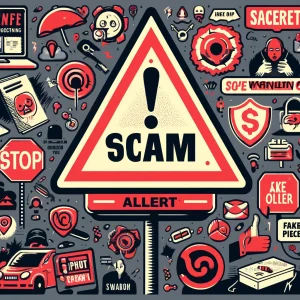Bitcoin Ordinals appear to have taken the power of Web3. Since software programmer Casey Rodarmor unveiled the protocol on January 21, the area has been abuzz, with some enthusiastic about the new improvement and others swearing off Ordinals outright. At the time of writing, there are fewer than 40,000 Bitcoin Ordinals despite their notoriety.
Then why are Bitcoin Ordinals so rare? The great majority of individuals do not even know how to purchase them, let alone produce them. With greater hurdles to the entrance, there are numerous possible opportunities. However, this entails greater hazards.
What are Bitcoin Ordinals?
Each Bitcoin is subdivided into 100,000,000 satoshis (or sats). The new Ordinals protocol enables Bitcoin node operators to inscribe each site with data, generating an Ordinal. This Bitcoin data may incorporate smart contracts, which in turn enables NFTs too. Ordinals are NFTs that can be created directly on the Bitcoin blockchain.
That’s the gist of it, however, there are a few key distinctions between NFTs and Bitcoin Ordinals. NFTs on Ethereum (or an Ethereum Virtual Machine blockchain) frequently point to off-chain data on the Interplanetary File System (IPFS) — a decentralized file storage system that functions similarly to the Blockchain’s hard drive — and can be modified using dynamic metadata.
To increase image quality, certain NFT projects, for example, update the metadata of individual NFTs. They may even request that their holders click the “refresh metadata” button on OpenSea in order to obtain the latest, higher-quality image.
This ability to modify an NFT’s information alluded to a flaw Rodarmor was attempting to address when he devised the new protocol. According to Rodarmor, NFTs are “incomplete” since many require off-chain data. Ordinals, on the other hand, are “complete” in the sense that all data is recorded immediately on-chain.
This is why Rodarmor refers to them as digital artifacts rather than NFTs. Furthermore, NFTs frequently include author royalties, whereas digital artifacts do not. An Ordinal, according to Rodarmor, “is designed to mirror what NFTs should be, occasionally are, and what inscriptions always are, by definition.”
All of this is to imply that Ordinals on Bitcoin may not only represent a cultural shift for Bitcoin, but they may also be a technical improvement over NFTs. With that in mind, here’s how you purchase, receive, and store your first ordinals.
Bitcoin Ordinals pick up a new trend
BitMEX, a crypto derivatives firm, has discovered over 13,000 Ordinals NFTs on the Bitcoin blockchain, indicating that interest in a relatively new flavor of non-fungible tokens is expanding rapidly. According to a blog post published by the firm’s research arm, 13,000 Ordinals were minted or “inscribed” between their launch on December 14 and February 7.
Ordinals Data
— BitMEX Research (@BitMEXResearch) February 8, 2023
Up until 7 February 2023, we have identified:
* Over 13,000 Ordinals transactions
* 526MB of Bitcoin blockspace usage
* 6.77 BTC of Ordinals related spendhttps://t.co/cSNHSPIEs3
Ordinals’ growing popularity has enraged notable Bitcoiners such as Rene Pickhardt, who accused the Ordinals community of “spamming” the most prevalent blockchain with large JPEGs. Pickhardt and other critics have statistics to back up their claims. Ordinals accounted for less than 3% of total Bitcoin transactions on Wednesday, yet they used roughly 70% of Bitcoin block space.
So @adam3us invented hashcash as a spam prevention mechanism.
— Rene Pickhardt (@renepickhardt) February 8, 2023
Then satoshi utilized this in #bitcoin to solve double spending.
And now folks waste precious blockspace by spamming jpegs?!
Why creating the #lightningnetwork in the first place if the base layer allows this shit?! https://t.co/okytBt1uof
So far, the most prominent Bitcoin Ordinal is Ordinal Punks, which consists of 100-pixel avatars that have been “inscribed” on Bitcoin via the Ordinals project and may be sold. However, unlike some previous Punks clones, they are not direct clones of the original CryptoPunks collection.
Some on Crypto Twitter claim that Ordinal Punks is built on Mutant Punks, a derivative Ethereum collection—in other words, a derivative of a derivative.
Late Wednesday, one Ordinal Punk sold for 9.5 BTC, or approximately $215,000. While it is roughly double the entry-level price for a real CryptoPunk—currently at 64 ETH, or over $106,000—that specific Ordinal Punk is based on extremely uncommon alien CryptoPunks, which have sold for as much as nearly $24 million in ETH in the past.
12 years ago I was mining Bitcoin on a gaming PC in my parent's basement.
— Robert Clarke (@robertjfclarke) February 9, 2023
Today, we just minted out the first 10k NFT collection on Bitcoin.
Thanks to everyone, but most importantly the @cryptopunksnfts. ❤️@Bitcoin_Punks_ + https://t.co/3O4wIo0OYC pic.twitter.com/BV0a6KmrWj
In another case, the pseudonymous NFT collector and investor dingaling tweeted that he bought a bundle of seven Bitcoin Ordinal Punks for 15.2 BTC on Wednesday, which was around $349,000 at the time.
Just acquired these 7 @OrdinalPunks for a total of 15.2 BTC (211 ETH)
— dingaling (@dingalingts) February 8, 2023
Punk 27 (inscription #444)
Punk 48 (ins #483)
Punk 73 (ins #599)
Punk 80 (ins #606)
Punk 88 (ins #614)
Punk 91 (ins #617)
Punk 92 (ins #618)
If you haven't looked into Ordinal NFTs on BTC yet, you should, now pic.twitter.com/MhD1WKjPfA
However, because Ordinals are new and operate differently than traditional NFTs on other platforms (like as Ethereum and Solana), there isn’t much infrastructure in place to enable purchasing and selling the assets once they’ve been specified. In other words, there are currently no NFT marketplaces for Bitcoin Ordinals.
The Ordinals project has engulfed the Bitcoin community, sparking new arguments and questions about the Bitcoin network’s ultimate purpose. For some, Ordinals created a Pandora’s box of Bitcoin network risks, such as malware assaults and soaring transaction fees.
As the argument about Ordinals continues, inscriptions on the Bitcoin blockchain are obviously here to stay, whether Bitcoin maxis like it or not.





